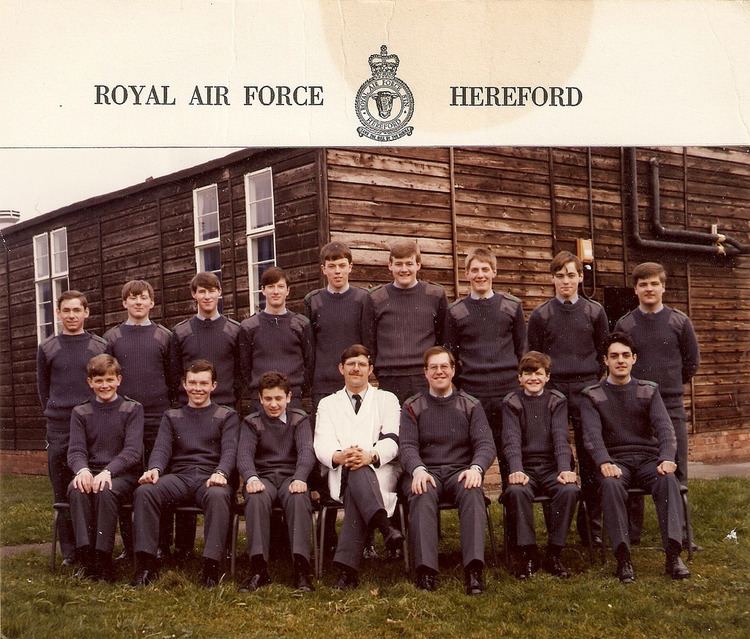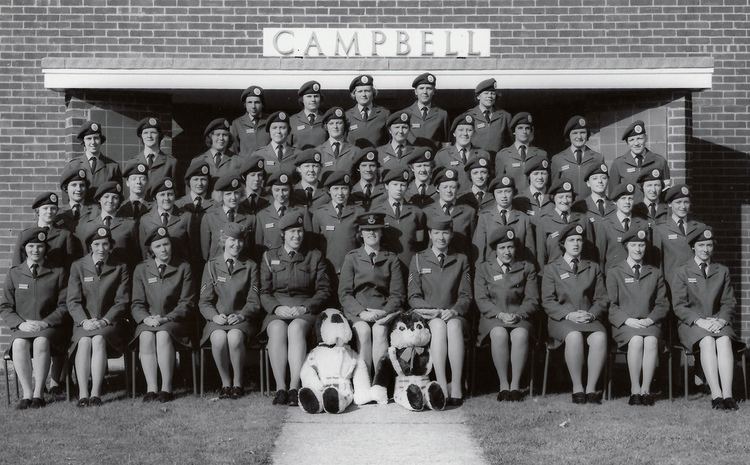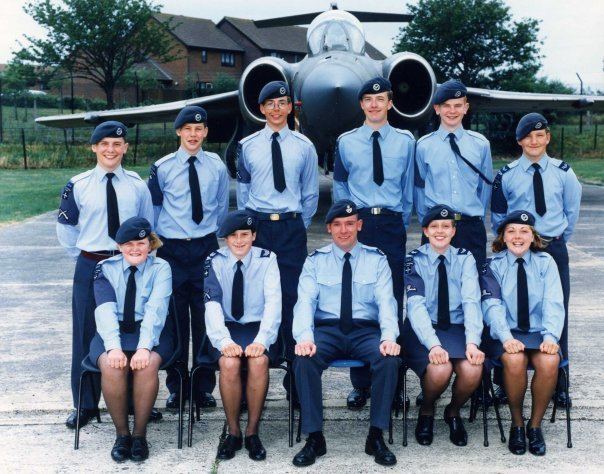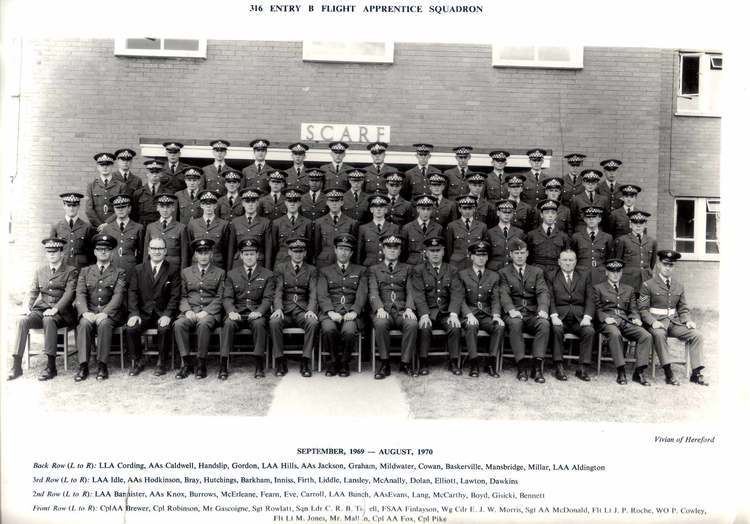In use 1999 - Present Year built 1999 | ||
 | ||
01 40 metres (131 ft) Asphalt | ||
Army air corps uk flights zj782 zj785 raf hereford to bhx
Royal Air Force Hereford or RAF Hereford, and also known as RAF Credenhill, was a non-flying station of the Royal Air Force situated in the village of Credenhill near Hereford, United Kingdom. It was commissioned in 1940 and served as home for a range of training schools from 1940 until closure in 1999. RAF Hereford was home to Administrative Apprentice training until the final entry (330) graduated and passed out in August 1973, following which the station continued to provide Supplier trades training to adult entrants to the RAF, and 'in service' junior command and leadership/promotion training until 1999. The station was subsequently redeveloped for use by the British Army and established as a depot for the Special Air Service.
Contents
- Army air corps uk flights zj782 zj785 raf hereford to bhx
- First World War
- Second World War
- Current use
- References

First World War

After the outbreak of the First World War, the Ministry of Munitions were required to create a number of Royal Ordnance Factory munitions production facilities quickly and cheaply. In 1912 Herefordshire County Council had bought 185 acres (75 ha) of the former Rotherwas estate from the Lubienski-Bodenham family, overlooked by Dinedor Hill and bordered by the Wye meadows.

A site of 100 hectares (250 acres) was acquired by the Ministry on 15 June 1916, at Lower Bullingham just south of Hereford on the junction of the Welsh Marches Line and the Hereford, Ross and Gloucester Railway. Laid out to a standard design, ROF Rotherwas encompassed:

For storage purposes, the ROF also acquired railway-connected lands at Credenhill.

All components were produced elsewhere, with the facility responsible for final production: inserting explosive into shells and fitting detonators. Shell filling began on 11 November 1916, with both Lyddite and Amatol explosives being used in production. From June 1918, supplied with dichloroethyl sulphide by the National Smelting Company at Avonmouth Docks, the facility produced mustard gas shells. By the end of WW1, the average output of shells from the facility was 70,000 per week.
Second World War
At the outbreak of the Second World War, the same site at Credenhill was leased from the farmer land owner. This housed:
Current use
No. 658 Squadron AAC has been posted here. 22 Regiment, Special Air Service is also based here.
